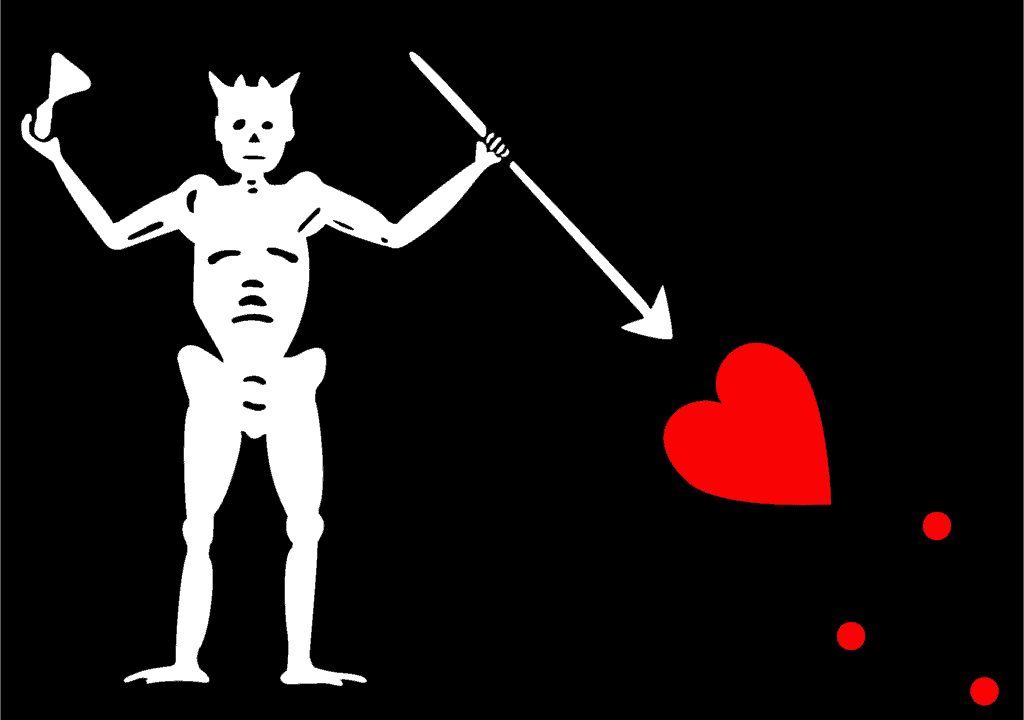The infamous pirate Blackbeard may have passed the hours between raids with some light reading, a new discovery suggests.
North Carolina archeological conservators working on the wreckage of the Queen Anne’s Revenge (QAR), the ship captained by Blackbeard during the 18th-century, have found 16 paper fragments “in a mess of wet sludge” hidden in the chamber of a cannon. In the end, they managed to identify the original works from these slivers of paper — a 1712 book penned by Captain Edward Cooke, A Voyage to the South Sea, and Round the World, Perform’d in the Years 1708, 1709, 1710 and 1711.
Y’aaaarrr me maties, ’tis a fine book!
It took months of efforts to ensure the fragments are properly conserved, and months still after that step for the team to identify the book from the few words still (barely) visible on the fragments — the largest of which was about the size of a US quarter.
The conservators, the North Carolina Department of Natural and Cultural Resources’s QAR lab, said that paper is a very rare find on shipwreck sites.
“This unique find from the wreckage of Queen Anne’s Revenge provides archaeological evidence for books carried on ships in the early 18th century, and adds to our knowledge of the history of Blackbeard’s flagship and those who sailed her,” the department wrote in a statement.
“The historical record has several references to books aboard vessels in Blackbeard’s fleet, but provides no specific titles; this find is the first archaeological evidence for their presence on QAR.”
Edward Teach, who took up the name Blackbeard for his pirate adventures, ran the QAR aground off the coast of North Carolina in 1718. The wreck was discovered in 1996, and ever since conservators had been hard at work digging out and preserving the artifacts aboard.

The pirate flag Blackbeard sailed under.
Image credits Angus Konstam, Blackbeard the Pirate, via Wikimedia.
The book describes Cooke’s voyages and adventures around the coast of South America, so it would probably have been quite a good lecture for a pirate — both educational and entertaining! The book was also quite influential during its time. Among other tales, it recounts the story of Alexander Selkirk’s rescue from an island in the South Pacific on which he had been marooned for four years. The story would eventually inspire Daniel Defoe to write Robinson Crusoe in 1719.
Paper, like most organic material, very rarely survives in shipwrecks — so finding the pieces is a special occurrence indeed. One of the pirates‘ less honorable practices, that of stuffing cannons with paper (among other things) to keep the powder charge in place, might have helped preserve it.
Kind of wasteful if you ask me, but then again, I’ve never had to load a gun.
“Although books such as these voyage narratives would have been relatively common on ships of the early 18th century, archaeological evidence for them is exceedingly rare, and this find represents a glimpse into the reading habits of a pirate crew,” the conservators add.
The team is also planning a display of the find to mark Blackbeard’s 300th anniversary this year.










